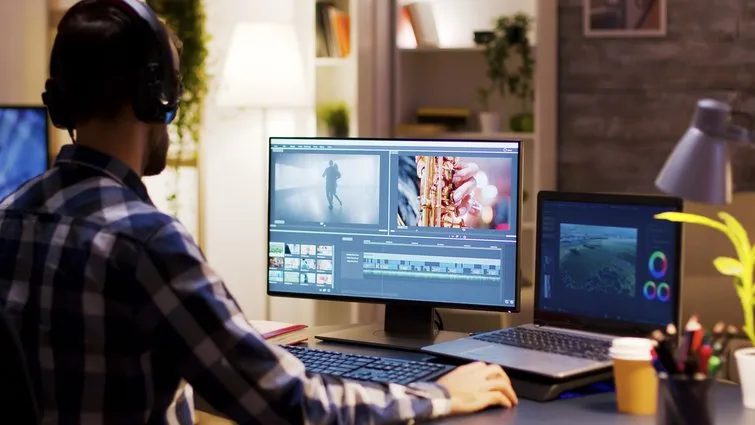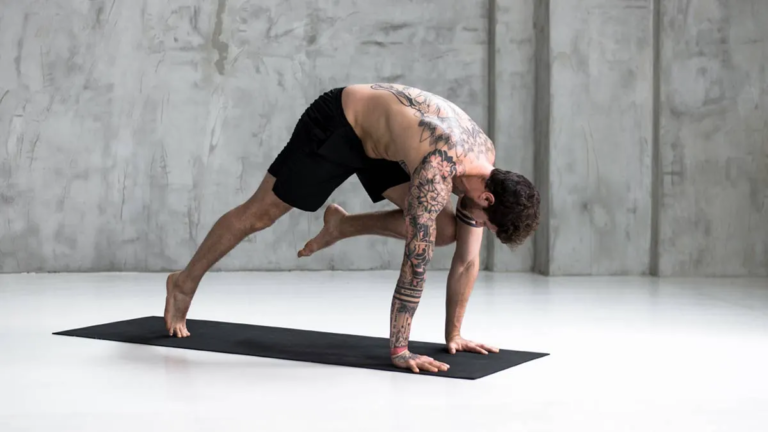Mastering the Art of Video Editing: Techniques Every Editor Should Know
Introduction
Video editing is a critical part of the post-production process. It involves the manipulation and arrangement of video shots to create a cohesive and compelling story. With the right techniques, video editors can significantly enhance the quality of their work, making it more engaging, professional, and impactful. This article will explore some essential video editing techniques that every editor should know.
1. Understanding the Basics
Before diving into advanced techniques, it’s crucial to understand the basics of video editing. This includes familiarizing yourself with the editing software, understanding the timeline, and learning how to cut, copy, and paste clips. Additionally, mastering the art of sequencing, or arranging clips in a logical order, is fundamental to creating a coherent narrative.
2. Color Grading
Color grading is a technique used to alter and enhance the color of a video clip. It involves adjusting parameters like saturation, contrast, and brightness to achieve a desired look or mood. Color grading can help unify different shots, highlight specific elements, and evoke emotions, making it a powerful storytelling tool.
3. Transitions
Transitions are used to connect two shots or scenes. While the basic cut transition is the most commonly used, there are other types like fades, dissolves, wipes, and more that can add a unique touch to your video. However, it’s important to use transitions sparingly and appropriately to avoid distracting the viewer from the main content. There are some free tools that can help you make better videos for your media.
4. Sound Design
Sound design is often overlooked but is equally important in video editing. It involves everything from dialogue editing, sound effects, to background music. Good sound design can enhance the mood, emphasize actions, and guide the viewer’s emotions, making the video more immersive and engaging.
5. Visual Effects (VFX)
Visual effects, or VFX, are artificial or manipulated images integrated into a video to create environments or actions that look realistic but would be dangerous, expensive, impractical, or impossible to capture on film. VFX can range from simple color correction and blurring to complex CGI and compositing. When used correctly, VFX can greatly enhance the visual appeal and storytelling of a video.
6. Keyframing
Keyframing is a technique used to create motion or change over time in a video. It involves setting specific parameters, or keyframes, at certain points in the timeline, and the software automatically fills in the frames in between. Keyframing can be used for various purposes, such as animating text, creating visual effects, or adjusting audio levels.
7. Pacing
Pacing refers to the speed at which a story unfolds. It’s determined by the length and order of the shots, the rhythm of the cuts, and the tempo of the sound. Good pacing can keep the viewer engaged, build tension, and guide the emotional response.
Conclusion
Mastering video editing techniques takes time, practice, and patience. However, with a solid understanding of the basics and a willingness to experiment with more advanced techniques, editors can significantly improve the quality of their work. Whether it’s color grading, sound design, VFX, keyframing, or pacing, each technique offers a unique way to enhance the narrative and engage the audience. So, keep learning, keep experimenting, and most importantly, keep editing.
Keep an eye for more latest news & updates on Ny-Tribune!






